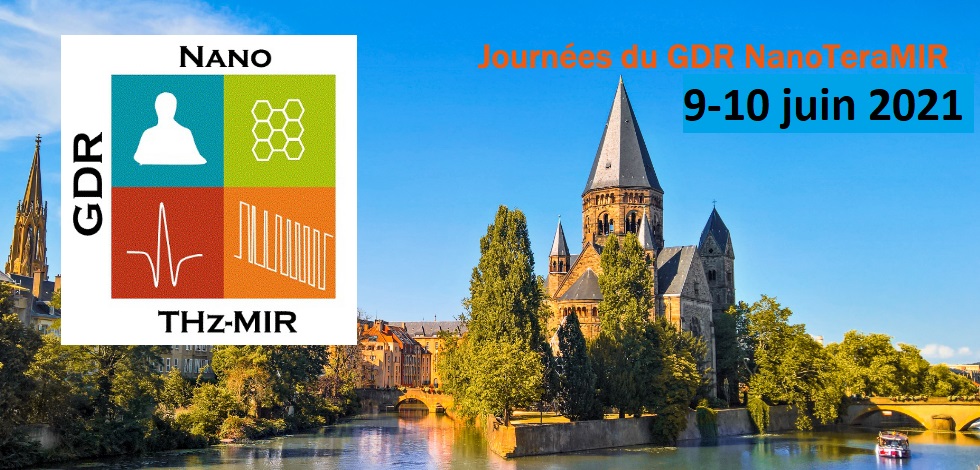Nanocrystal synthesis has reached a high level of maturity enabling fine shape and size control over a broad range of materials. Using material such as HgTe, it is possible to tune the absorption spectrum all over the infrared range from 800 nm and up to the THz1. Beyond basic light absorption, nanocrystal photoconductive properties are now coupled to read out circuit and, focal plane array operating in the SWIR range have been obtained.2 However, the polycrystalline nature of nanocrystal films leads to hopping conduction generally associated with short carrier diffusion length. The latter is typically at least 10 times shorter than the absorption depth and consequently nanocrystal film have a weak absorption: 10 % for a 200 nm thick film at 2.5 µm. To overcome this tradeoff between absorption and charge conduction, we introduce into the device a guided more resonator (GMR), in order to generate a mode propagating along the substrate enabling multi passes of the light.3 GMR device is designed to achieve 100 % of the TM light absorption. We also take care about electromagnetic field localization to avoid thermal losses. In our device, around 70 % of the absorption is localized within the nanocrystal film. I will finally show that this approach is versatile and can also be applied to phototransistor4 and photodiode5 geometry.

|
Sub wavelength resonator coupled to colloidal nanocrystal array for short wave infrared sensing with near unity absorption
1 : Institut des nanosciences de Paris
Sorbonne Universités, UPMC, CNRS
4 Place Jussieu 75005 Paris -
France
2 : DOTA, ONERA
* : Auteur correspondant
ONERA
F-91123 Palaiseau -
France
|
| Personnes connectées : 1 | Vie privée |

|

